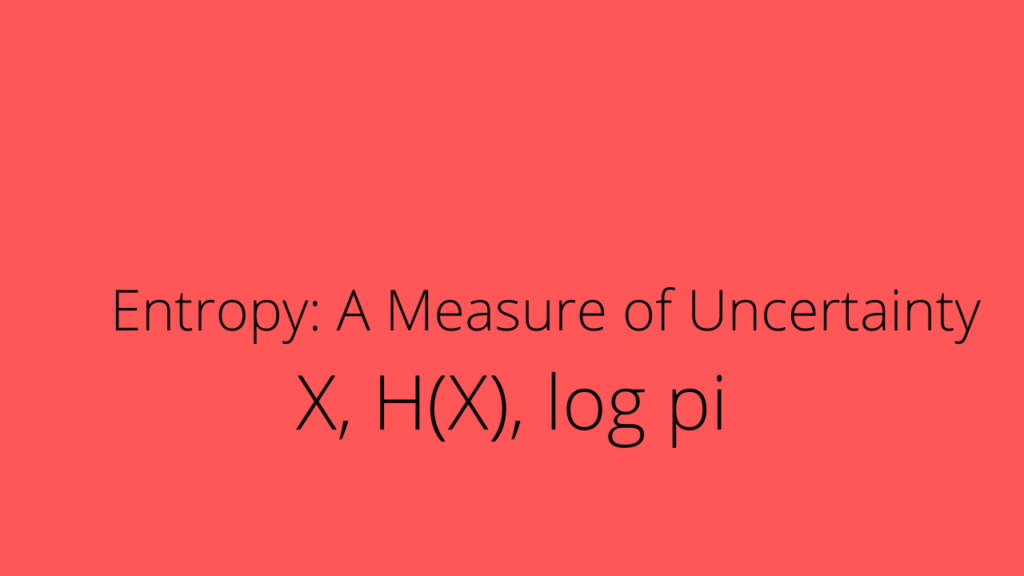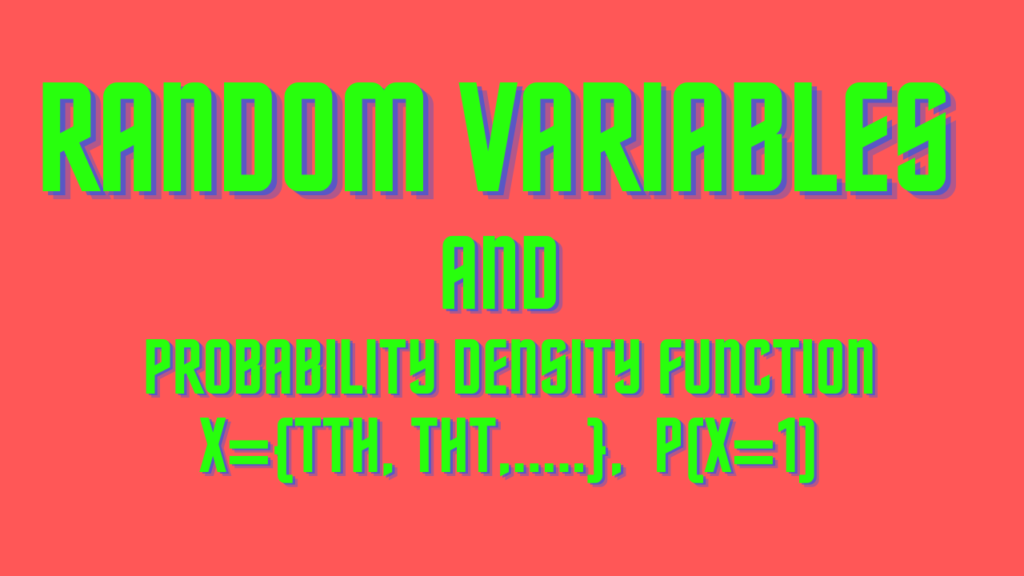Terminologies Related to Probability Theory
1-Random Experiment- If an experiment is conducted then the outcome will not be unique but it may be from possible list of outcomes. Example- If you are tossing two coins the possible outcomes would be {TT, TH, HT,HH}. 2- Events- Outcome of a random experiment is called events, if you are tossing two coins then […]
Terminologies Related to Probability Theory Read More »








